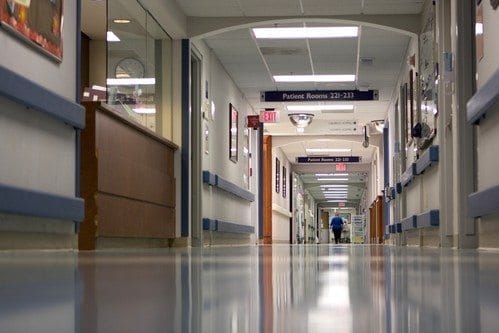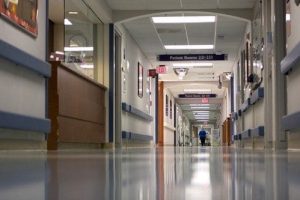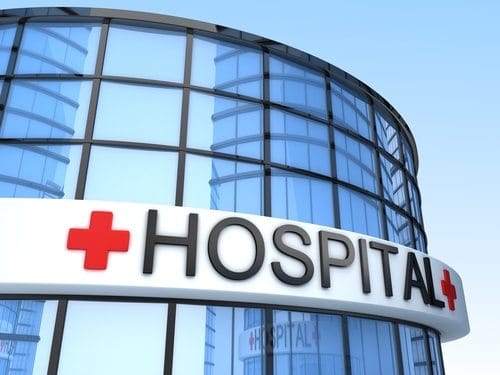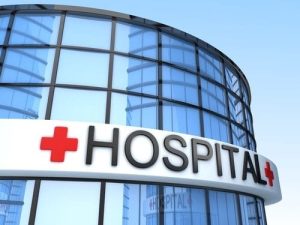
The sensitive nature of medical data makes any hospital a target for cyberattacks. Whether the hackers wish to profit from terrorizing the health organization or if they seek to steal personally identifiable information for other purposes, these security threats present a danger to both hospitals and patients.
In May, a wave of ransomware attacks affected hospital systems around the world. Here’s how the attack works:
• Hackers take over a hospital’s computer network
• Computers are frozen, effectively bringing most procedures to a standstill
• Hackers demand a ransom, usually in the tens of thousands and paid in Bitcoin
• The hospital must pay the ransom for a decryption key
Any organization could be the target of this kind of cyberattack, but the fact that patients’ lives are at stake makes it more likely that a hospital will have to relent and pay the fee.
Managing Security in a World of Electronic Medical Records
Ironically, the proliferation of health technology is also what makes a hospital vulnerable to cyberattacks. No one will be returning to paper records, so experts are pushing for better security.
Hospitals can reduce the risk of cyberattacks by educating employees about password and network protection. Patients should also be educated about methods of communication used by the hospital to help avoid phishing scams.
Hospital Carts for Better Operations
At DJ Products, we’re obsessed with helping you improve operations at your hospital. Our ergonomically designed hospital carts are battery-powered so employees can be more productive and enjoy a safer work environment. Explore our many types of hospital carts and feel free to request more info or a free demo.






